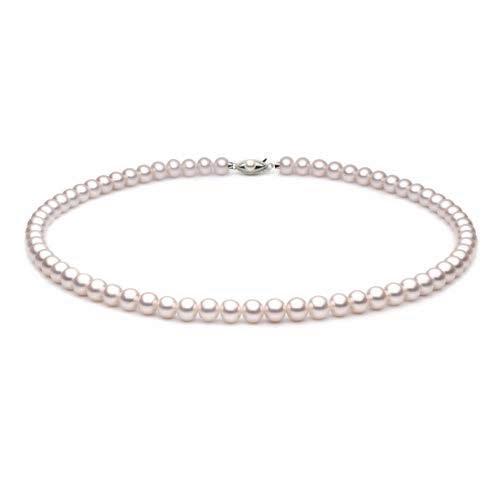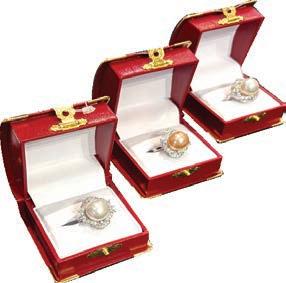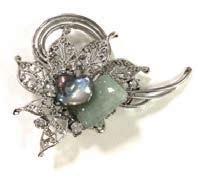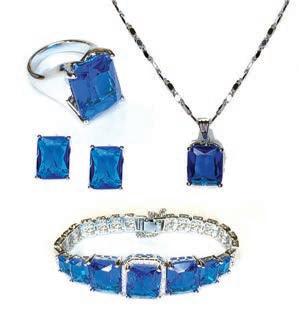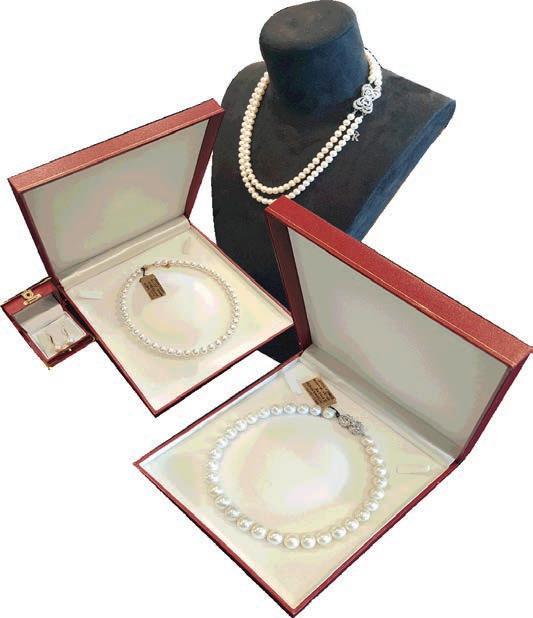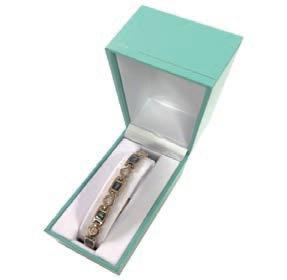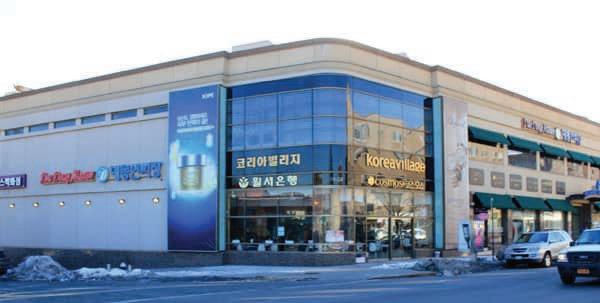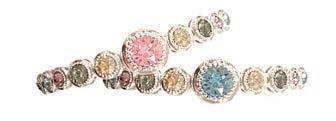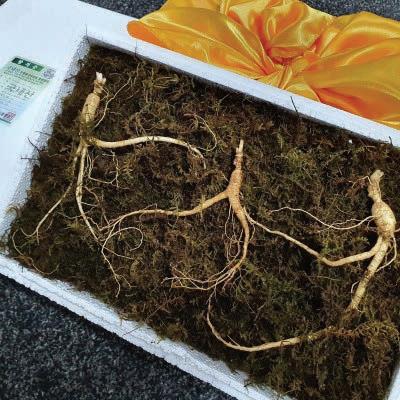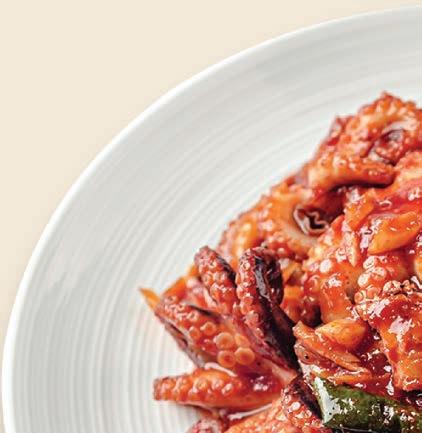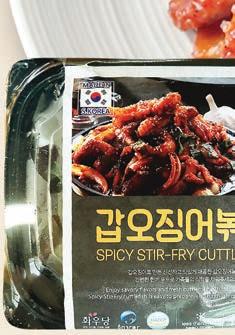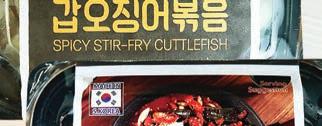I was born in Korea, but when I was in 4th grade, I needed to move to China. In China, I met not only many Koreans who recently moved there, but also offsprings of Korean and Chinese descent. When I heard about the prompt of this speech contest, the Korean Diaspora across the world, the first that came into my mind was the Korean Diaspora in China. I was interested in how those Korean Chinese people, including those I met and their ancestors, adapted to the new environment in China. Today, I’m going to examine the Koreans who moved to China, specifically Yanbian. Yanbian is a city in Jilin Province which is located above North Korea.
Koreans started migrating to Yanbian in the 17th century because of many natural disasters. In

the 1800s, people in Korea suffered from several floods, droughts, famines, and severe taxes. There were even some peasant revolts in 1811 and 1894.
The Qing dynasty at that time easily accepted migration from Korea; therefore, some Koreans left and moved to China due to the suffering. In 1894, the number of Koreans living in the Yanbian area was about 34,000. The second big migration occurred during the Japanese colonial period, which was from 1910 to 1945. In order to eliminate all Korean culture and ethnicity, the Japanese forced Koreans to use Japanese and change their last names to Japanese names. Furthermore,
many Koreans were forced to work hard with very little to no wages. The Japanese’s cruel and brutal rules made Koreans consider migration to the Yanbian area. In 1910, when the Japanese colonial period started, there were 109,500 Koreans living in Yanbian, and by 1945, at the end of the Japanese colonial period, 37% of Korean Chinese people were living in Yanbian.
The Koreans moved to Yanbian to seek a better life compared to Korea, and they tried to adapt to the new environment through not only learning from local people, but also utilizing their ability and identity. When Koreans moved to Yanbian, the area seemed incapable of agriculture. However, Koreans used their plantation technique developed in Korea to produce rice. They made the almost barren place into rice paddies through their knowledge of rice agriculture.
Therefore, Yanbian became a major rice producer in Northeastern China. In addition, the Koreans’ thoughts on the importance of education helped them to adapt to the new environment better. Many Koreans had Confucian beliefs about the significance of education. In the situation of living in a strange place, Koreans cared about the education of young Koreans. They taught Korean students content that other schools in China taught so that the students could be educated similarly to the Chinese students. Many students were able to speak Mandarin Chinese fluently and were able to communicate with local people in the area. The education led the students to enter a bigger society in urban places in China.
While adapting to the new strange environment, Koreans also tried to maintain their identity and culture. Although the education was to teach students about Chinese language and culture, that was not the only education given to the Korean kids. They taught the students about the Korean language, literature, song, dance, and food. Through learning about Korean culture, Korean Chinese people were able to protect their ethnicity and to think about their complex identities as Korean Chinese. Because one of the reasons they moved to Yanbian was to avoid the suffering of losing their ethnicity by Japan, they had a strong drive to keep their Korean culture and identity. One of the examples of the Korean culture they kept was ‘JangYuYuSeo’. This
word means that between adults and children, there should be order. This Confucian belief was to respect and serve for the elders. Children naturally learned how to use honorifics toward seniors. Also, children waited until the elder to eat first when the family were dining. The ‘JangYuYuSeo’ belief allowed communities to maintain courtesy and manners through following the order. The Confucian belief helped the Korean Chinese to maintain their Korean identity. Through learning new culture while keeping their own, the Korean Chinese could contribute to the Yanbian area positively. Because of the importance of education in the society, the Yanbian area was educationally developed by the Korean Chinese communities’ care. In 1949, 31 middle schools were built, and in 1952, elementary education was more commonly given to kids. Through the Korean Chinese’s extreme efforts, literacy rate accelerated in the Yanbian area.
Finally in 1958, Yanbian University, the first university for minorities in China, was created. With the higher quality of education, students could improve the Yanbian society. For example, there were many medical improvements made in
health care hospitals and treatment centers. In addition to the educational influence, the Korean Chinese culturally contributed to Yanbian. The Korean Chinese’s own literature and art led the Yanbian area to become famous as a culturally developed area. In Yanbian, there are many cultural firms such as the United Association of Yanbian Culture and Art Workers and Yanbian Branch of the Chinese Writers Association. The Yanbian’s song, dance, drama and theater are famous in China.
Like I said above, I am also an immigrant who moved from Korea to China and then to the U.S. I remember when I moved to China for the first time. I couldn’t speak English or Chinese, so I was always muted in school. Students were laughing at my English pronunciation and grammar. In a strange environment where everyone speaks a language that I didn’t know, it took a very long time to adapt to the new environment.

While learning and researching about the Korean Chinese moved to Yanbian, I instinctively respected and admired the Korean Chinese by understanding the people’s effort to overcome the challenges in unfamiliar circumstances, whereas I had always just complained about the disadvantages of living in a different environment.
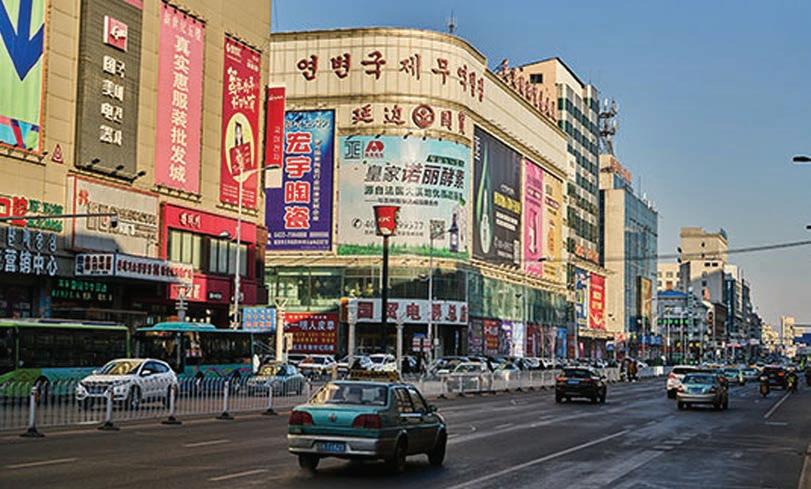

However, the Korean Chinese not only adapted to the new environment and kept their Korean identity, but also spread the Korean identity to their descendants through education. As I face similar challenges in the U.S, I can consider utilizing my ability and my Korean identity to overcome these challenges like the Korean Chinese used their own plantation skills to develop rice agriculture in Yanbian. Furthermore, studying Korean Chinese changed my thoughts about education.
Now, similar to the Korean Chinese, I would educate myself about the U.S. culture to understand how the society works here and how I can influence the U.S. and Korea positively. I thought that the only culture that I need to know is Korea’s because I am Korean. However, I recognize the importance of education about the U.S. also as an immigrant who is living in the U.S.
As a Korean immigrant, I will not give up on my Korean identity and learn about the U.S. more so that I can adapt better. [연재

